Space 2
Part 1 is here.
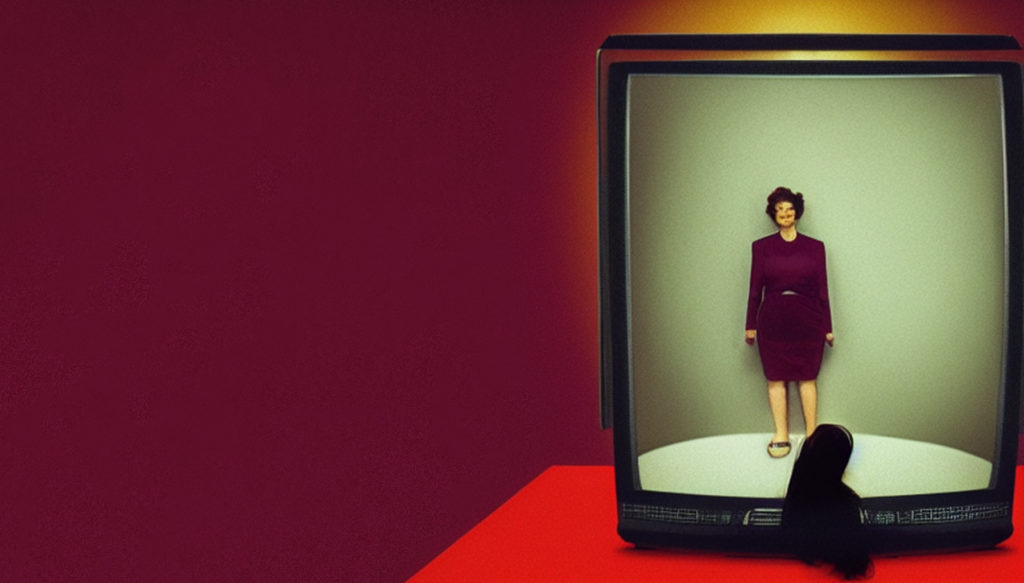
I’ve been looking at examples of films – mainly – about characters that travel to a ‘new or a different space’ in order to see how films have reflected our changing understanding of where we are over the years. In the early era of film, we saw people travelling to a Fantasyland (eg Oz, Wonderland, Neverland), but ultimately they knew the real world was where they belong.
As we move forward in time, people start to travel to different types of spaces than they previously did. No longer are they travelling to dream spaces by falling asleep, but we start to see media and technology being the conduit to these new worlds. The reasons people travel to different spaces changes, as well.
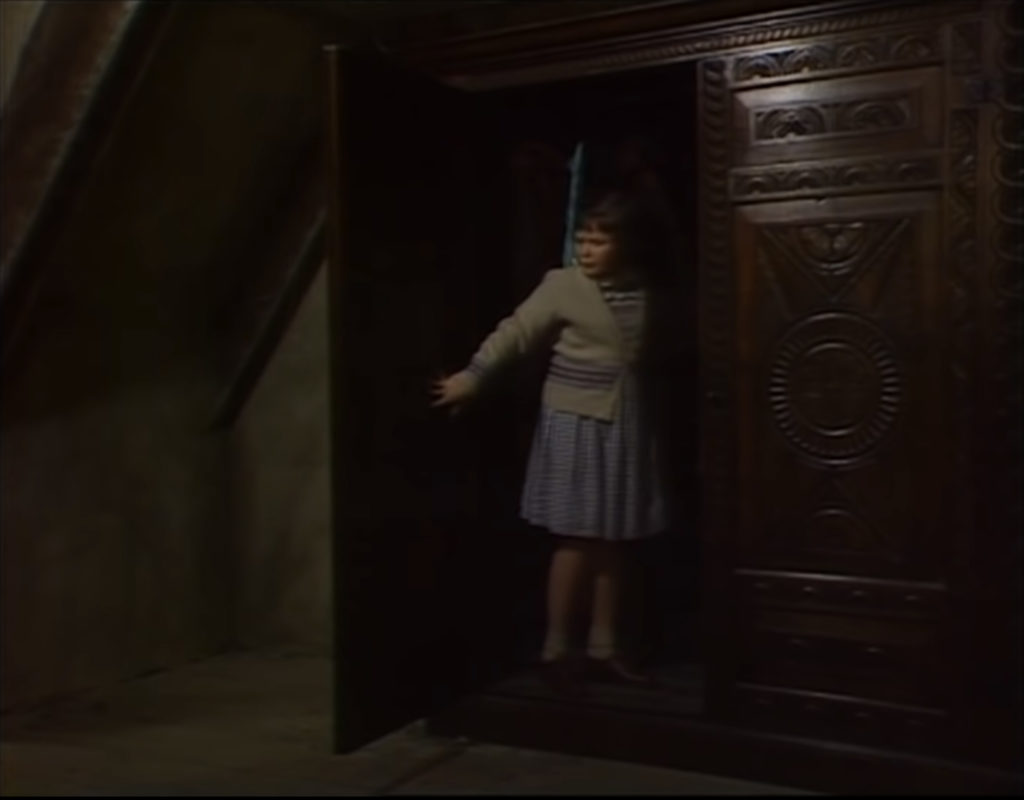
We now start to see people who no longer are ‘accidental travelers’, who, despite the potential dangers, have set out to explore or otherwise seek to find a new or a different space. They are often unhappy or troubled by their lives- like Bastian in the Neverending Story who is neglected by his father after his mother’s death.
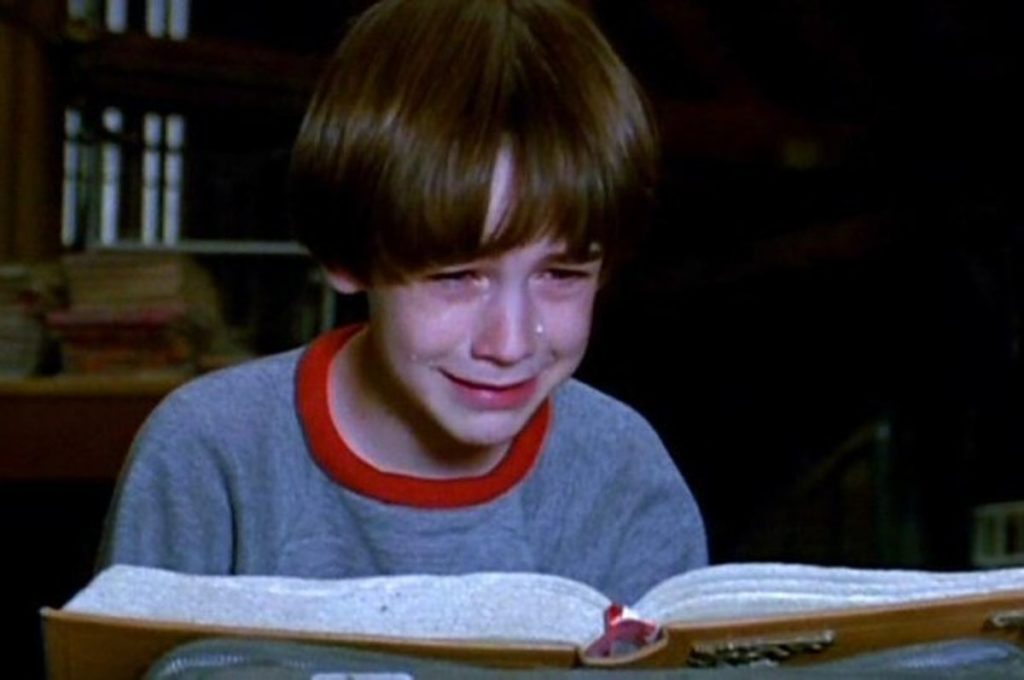
Or even Sarah in Labyrinth, the teenager who doesn’t want to babysit her baby half-brother, so she recites a wish from her favourite story to have ‘the goblins’ take him away.
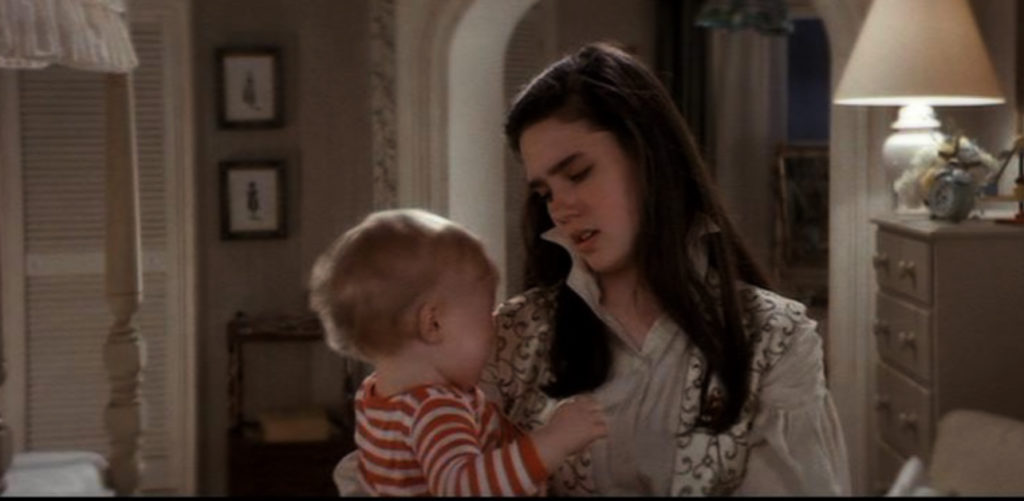
We see that the borders between the real world and the different spaces are porous. There is travel back and forth across those borders.
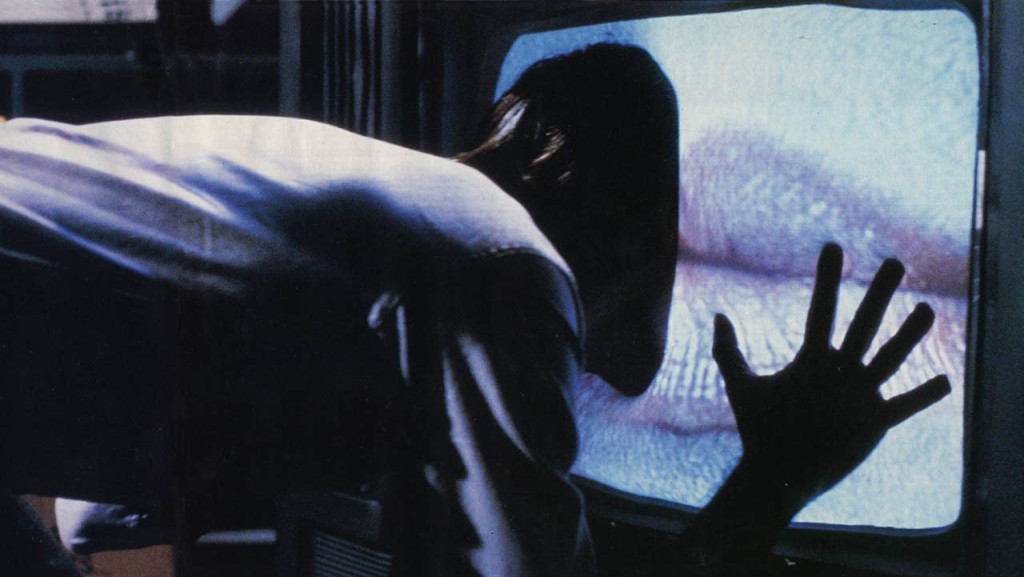
And rather than like earlier ‘wonderous’ spaces, we learn that there can be something dangerous, chaotic or frightening about these new, sometimes hallucinatory, spaces where ideas like ‘truth’ or ‘reality’ break down.
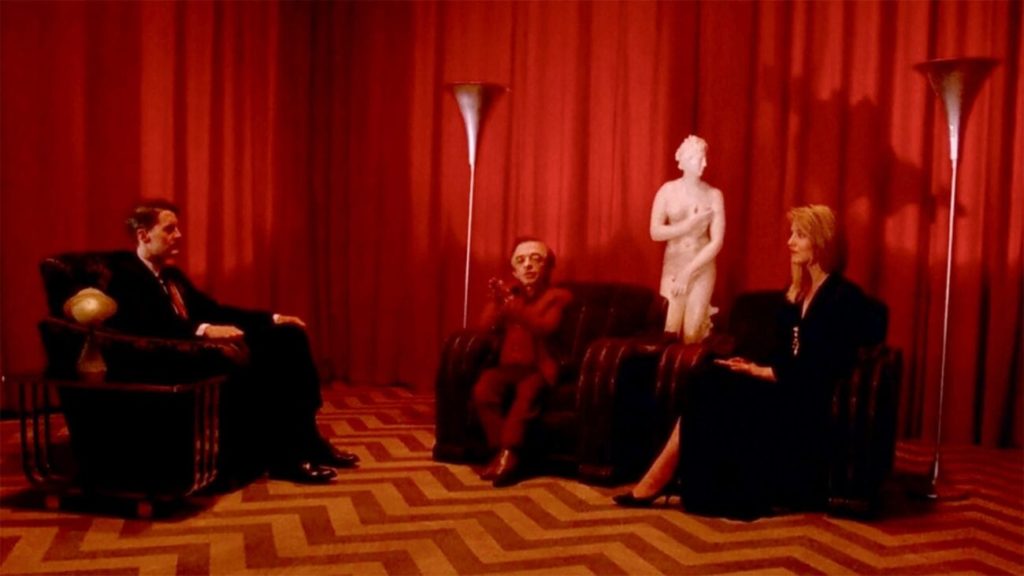
Often the way into this new space is via media– so, books (eg Neverending Story, Labyrinth) or games (eg Tron, Jumanji) or television (eg Videodrome, Pleasantville) or, like in The Purple Rose of Cairo, film.
In this era, there is a different reality that unhappy or troubled people can escape to often via the media they use in our world. The space they discover can be a good one or a frightening one, but for the most part it’s a real journey that they make. They can change the different space, they can interact with characters from this different space and they may even discover that they, too, are a character in a bigger story. Again though ‘the real world’ is still ultimately preferable.
In the next brief phase, we see unhappy or troubled, but ordinary people, travel to and from and within a new space via ordinary, common, every day things –pills, telephones, fireplaces, brick walls, little tiny doors behind a filing cabinet in the office, and not dreams, but insomnia. Fantasy and fact are blurred. When entering this new space they become a better version of themselves. The alternate space improves them, they have increased control of themselves and their environment when they are there… think of The Matrix, Harry Potter, Being John Malkovich, Fight Club. For the audience and for the characters (for the most part), the ‘other space’ is considerably better, more interesting, more desirable, than ‘the real world’…